By 1957, Buick wasn’t trying to be subtle. The Roadmaster that year was designed to be seen, heard, and remembered. With its sweeping lines, massive chrome trim, and a 364-cubic-inch V8 under the hood, it checked every box for buyers who wanted comfort with visual punch. Buick aimed this car at drivers who weren’t quite ready to spend Cadillac money but still wanted the presence of something serious. To understand what made the ’57 Roadmaster such a rolling showpiece, it helps to look at what the rest of the industry was doing that year.
1957 Buick Roadmaster: Flash and Substance
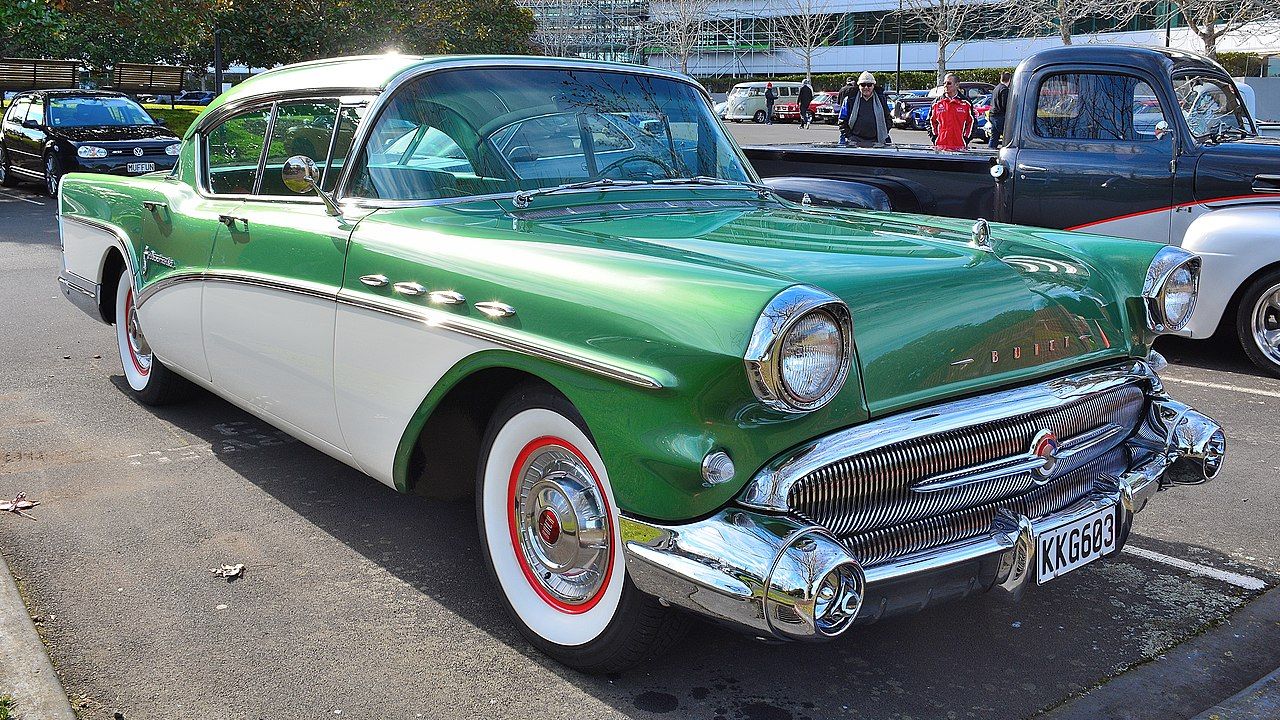
Buick’s Roadmaster for 1957 was a statement car, not just for its size but for how confidently it wore its design. A 364-cubic-inch “Nailhead” V8 sat under the hood, rated at 300 hp with a 4-barrel carb. Standard Dynaflow automatic made for smooth cruising, though it wasn’t the quickest off the line. What really stood out was the chrome—it was everywhere. The sweeping side trim, massive bumpers, and wide grille gave the Roadmaster real presence. Inside, it offered power everything: seats, windows, steering, and even memory functions—pretty forward stuff for the time.
1957 Cadillac Series 62: The Prestige Benchmark
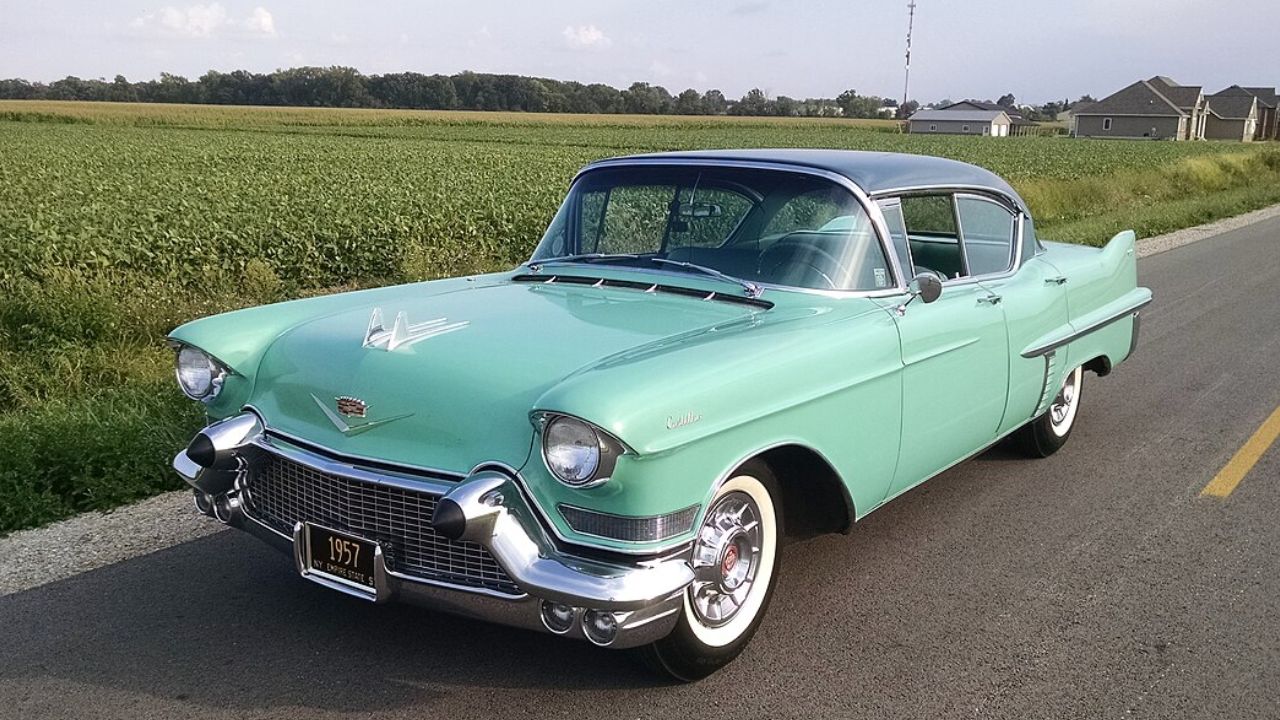
Cadillac’s Series 62 was the luxury yardstick in ‘57. It came with a 365-cubic-inch V8 rated at 300 hp, matched to a smooth Hydra-Matic transmission. But beyond the power, it was about poise. The low-slung profile, stacked tail fins, and jeweled grille made it instantly recognizable. The interior featured brocade or leather, dash-mounted climate control, and options like Autronic Eye headlight dimming. Buick aimed to deliver similar appeal in the Roadmaster—but at a price point just below Cadillac. You could see the influence clearly, especially in trim details and ride quality.
1957 Lincoln Premiere: Size Without Restraint

If the Roadmaster was showy, Lincoln’s Premiere was theatrical. At over 223 inches long, the ’57 Premiere was wider, lower, and more exaggerated than anything else on the road. Powered by a 368-cubic-inch V8 with 300 hp, it focused more on presence than performance. The wraparound windshield, blade-like tail fins, and deep sculpting made it look like it belonged on a movie set. Inside, it was high-spec with optional leather, four-way power seats, and lavish trim. Buick kept things slightly more restrained, but the Roadmaster still shared that sense of rolling display.
1957 Chrysler New Yorker: Understated Muscle
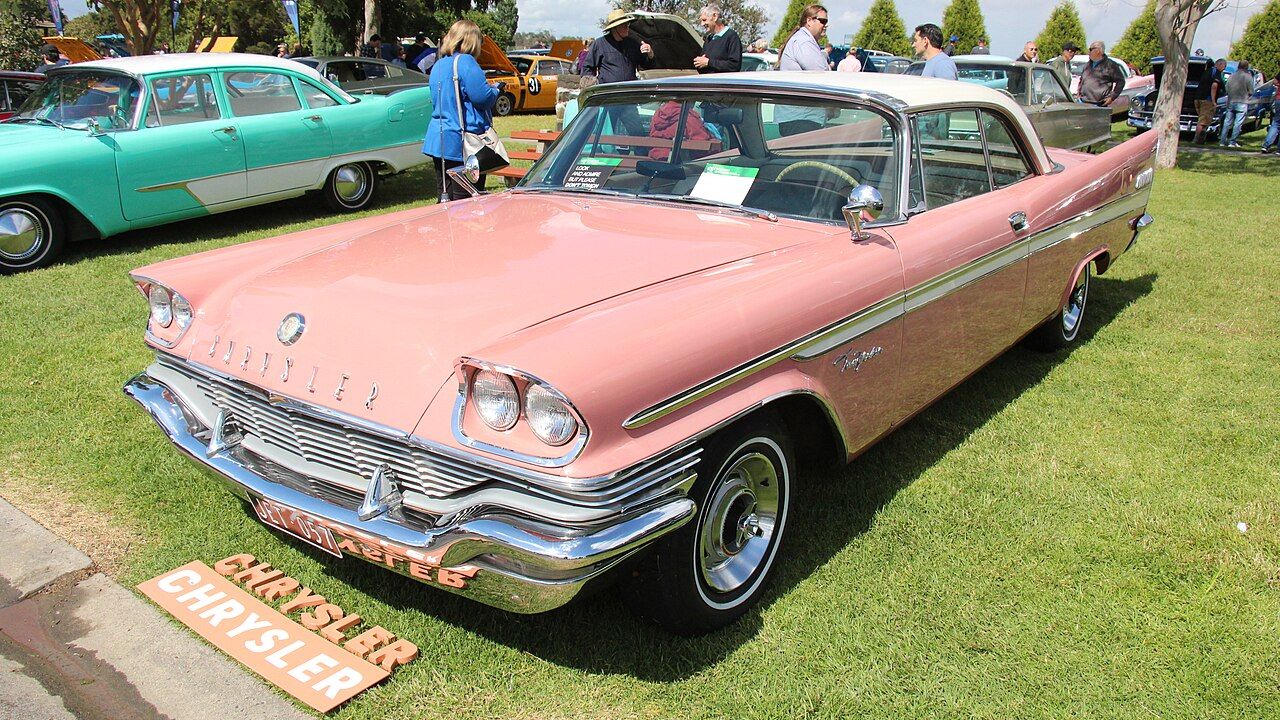
The New Yorker in ‘57 looked sharp, but it didn’t rely on excess chrome. Instead, it leaned on clean lines and a HEMI-powered punch. The 392 FirePower V8 made 325 hp and gave the car real legs, especially compared to the more comfort-biased Roadmaster. Torsion-Aire front suspension improved handling, making it less boat-like than others in the class. Where Buick dressed to impress, Chrysler let performance speak louder. Still, both offered similar cabin comforts—power accessories, two-tone upholstery, and generous rear-seat legroom.
1957 Mercury Turnpike Cruiser: Styled for the Space Age
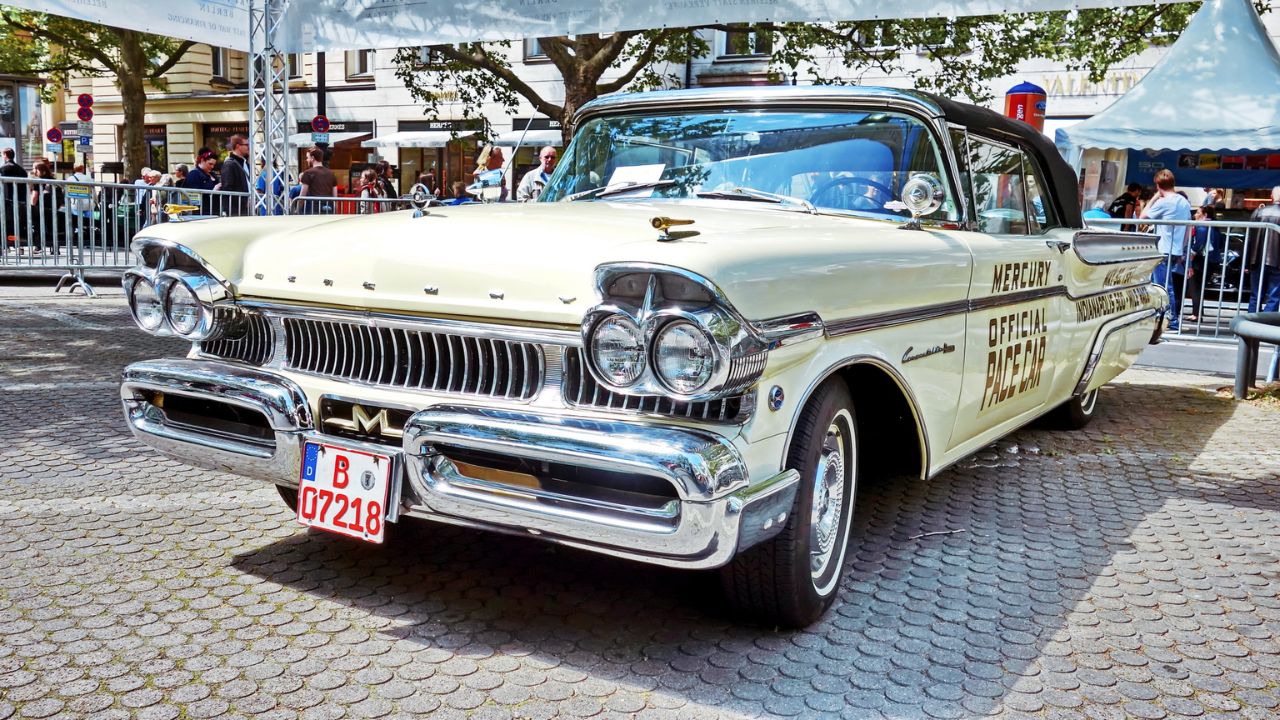
Mercury’s Turnpike Cruiser looked like it had come straight off a Jetsons storyboard. The “breezeway” rear window, heavily sculpted sides, and quad lighting pods made it impossible to ignore. A 368-cubic-inch V8 provided up to 290 hp, and the Merc packed features like a push-button transmission, a deep-dish steering wheel, and optional air suspension. Buick’s Roadmaster was a little more traditional in silhouette, but it still had sweeping curves and gadgetry to match. The Cruiser leaned harder into visual gimmicks; the Roadmaster played its flash with more finesse.
1957 Oldsmobile 98: Shared DNA, Different Identity
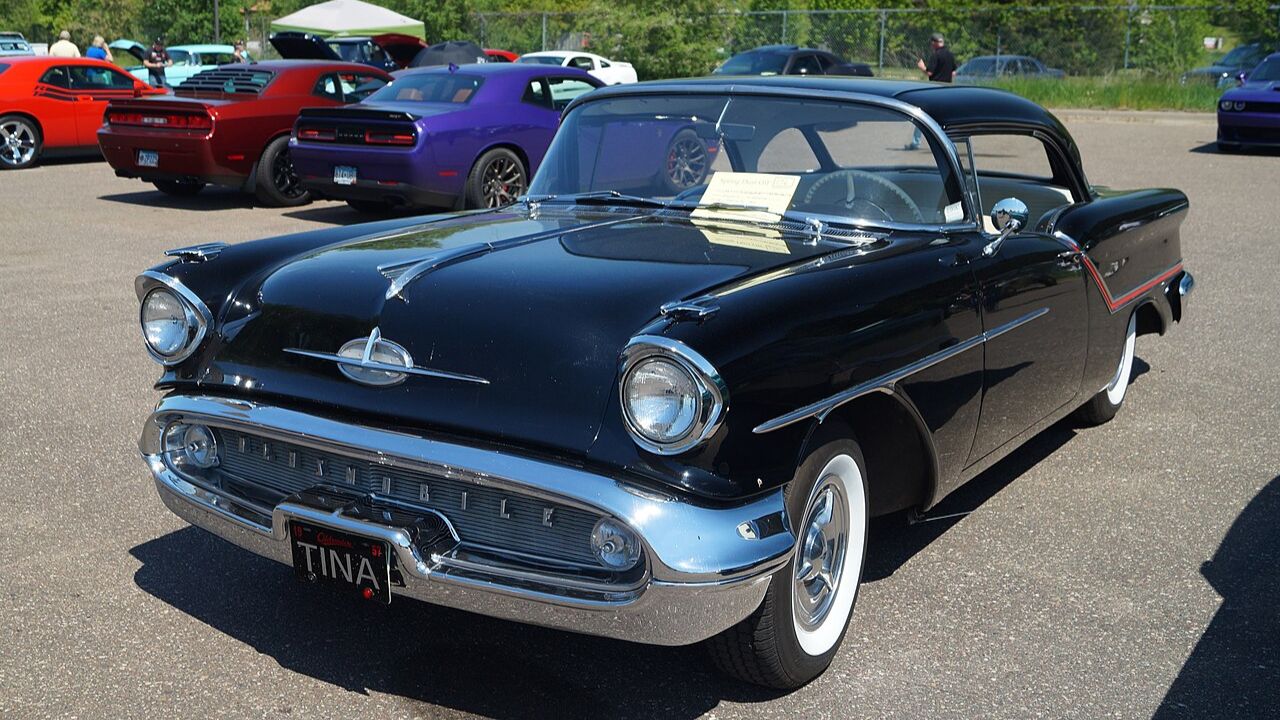
Oldsmobile’s top-tier Ninety-Eight ran on similar GM bones as the Roadmaster but carved out a different character. It featured a 371-cubic-inch Rocket V8 with 300 hp and came with the Jetaway Hydra-Matic. The styling leaned toward sleekness—lower rooflines, scalloped sides, and less vertical mass compared to Buick’s bulkier front end. Inside, it was equally lavish with chrome accents, rich fabrics, and optional Wonder Bar radio. The two shared the same power window and seat tech, but where Olds went sporty-luxury, the Roadmaster went full-scale spectacle.
1957 Packard Clipper Custom: The End of an Era
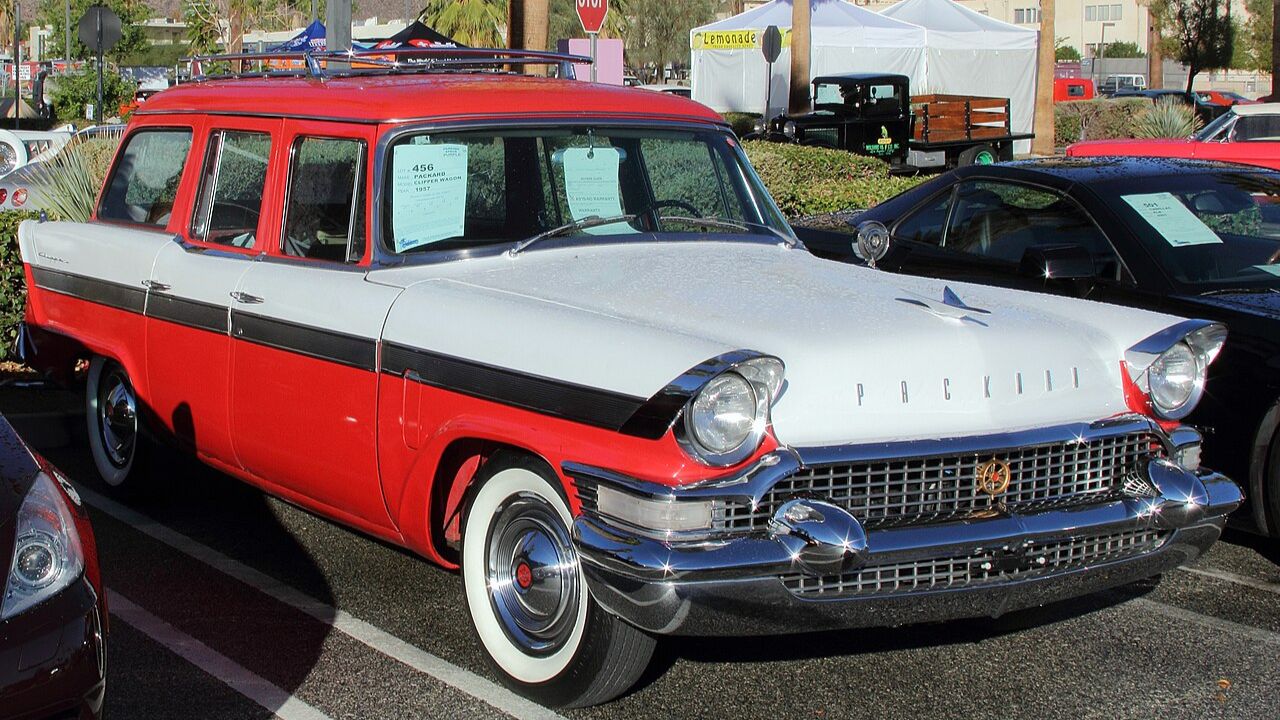
By 1957, Packard was clinging to relevance, and the Clipper Custom was more badge-engineered Studebaker than pure Packard. Still, it offered a supercharged 289 V8 with 275 hp, giving it a surprising performance edge. The design couldn’t match the scale or sparkle of the Roadmaster, but it wasn’t trying to. It came off more conservative, even if the mechanical package punched above its weight. Compared to Buick’s over-the-top trim and curved glass, the Clipper looked dated. The Roadmaster represented where styling was headed; Packard showed where it had stalled.
1957 DeSoto Fireflite: Performance in Evening Wear
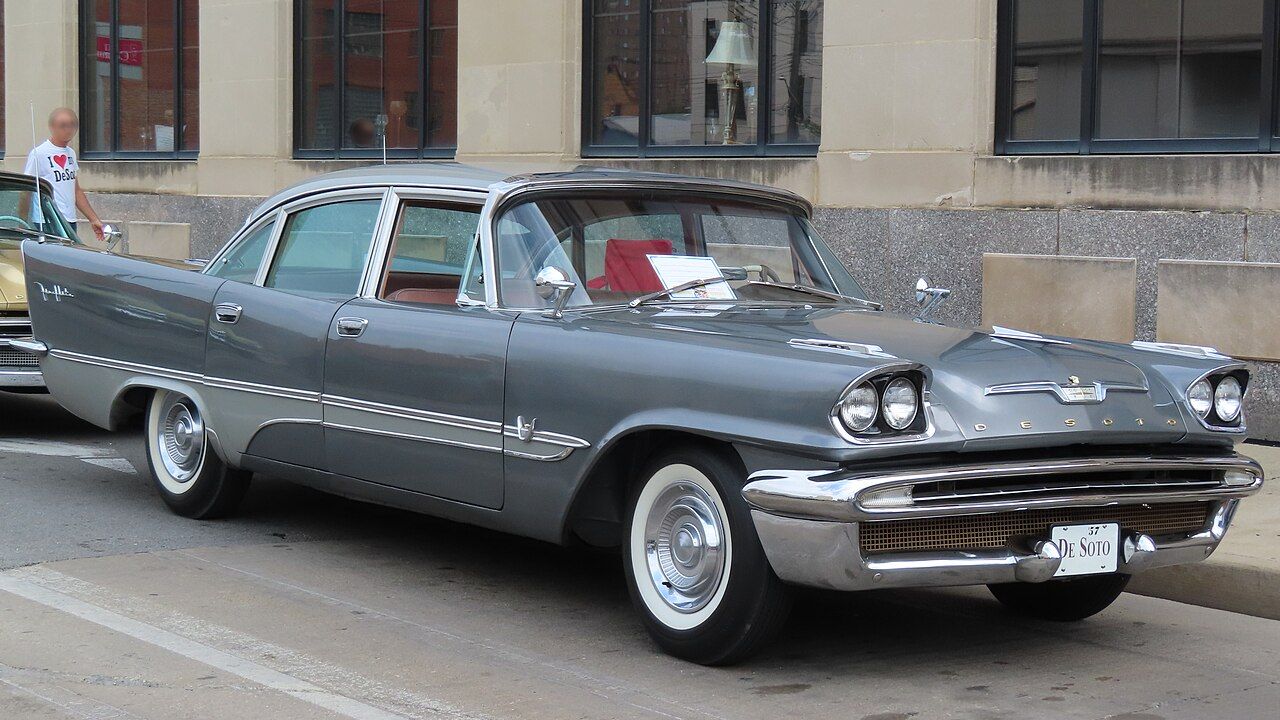
DeSoto’s Fireflite packed a 341-cubic-inch HEMI V8 with 295 hp and boasted one of the most aggressive tailfin treatments of the year. It shared some of Chrysler’s performance DNA but added glitz in the form of sweeping side trim, two-tone paint, and a jet-inspired dash layout. Power steering and brakes were standard, and interiors could be optioned up with fabrics or leather. Compared to the Roadmaster, the Fireflite leaned slightly younger and more speed-conscious. But both cars shared the mission: make a strong visual statement without sacrificing comfort or power.
Like Fast Lane Only’s content? Be sure to follow us.
Here’s more from us:
*Created with AI assistance and editor review.

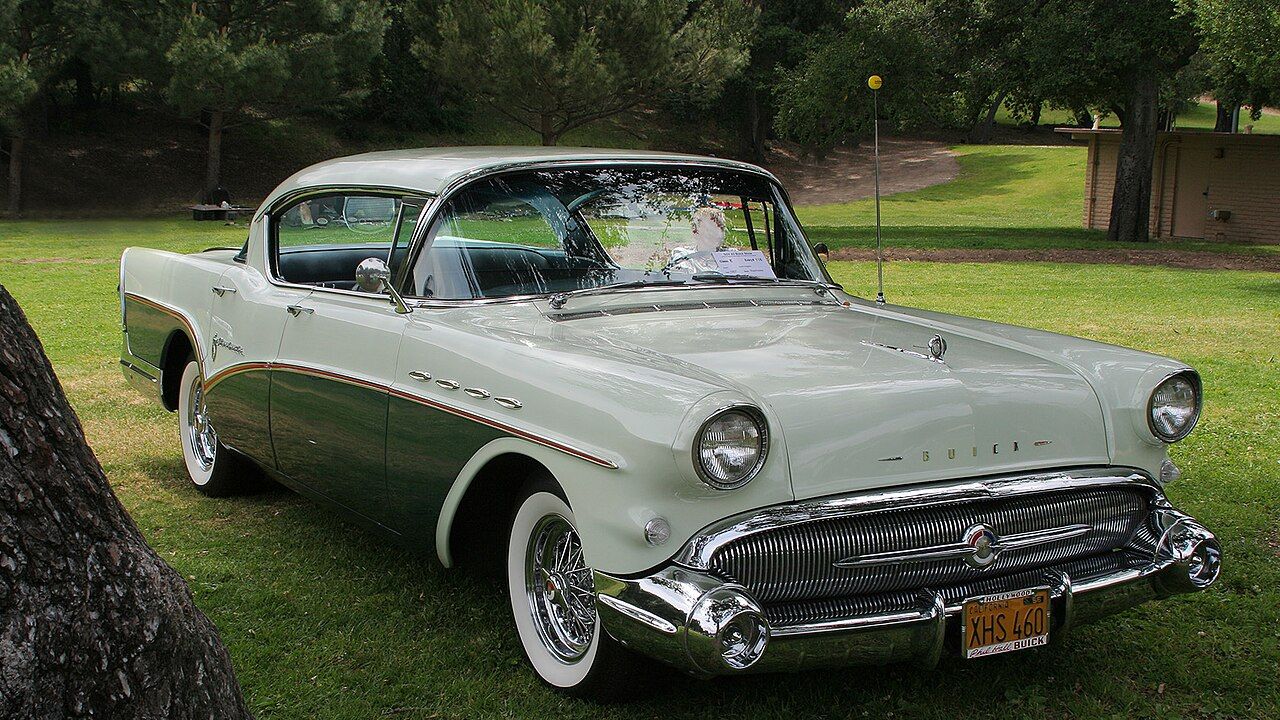
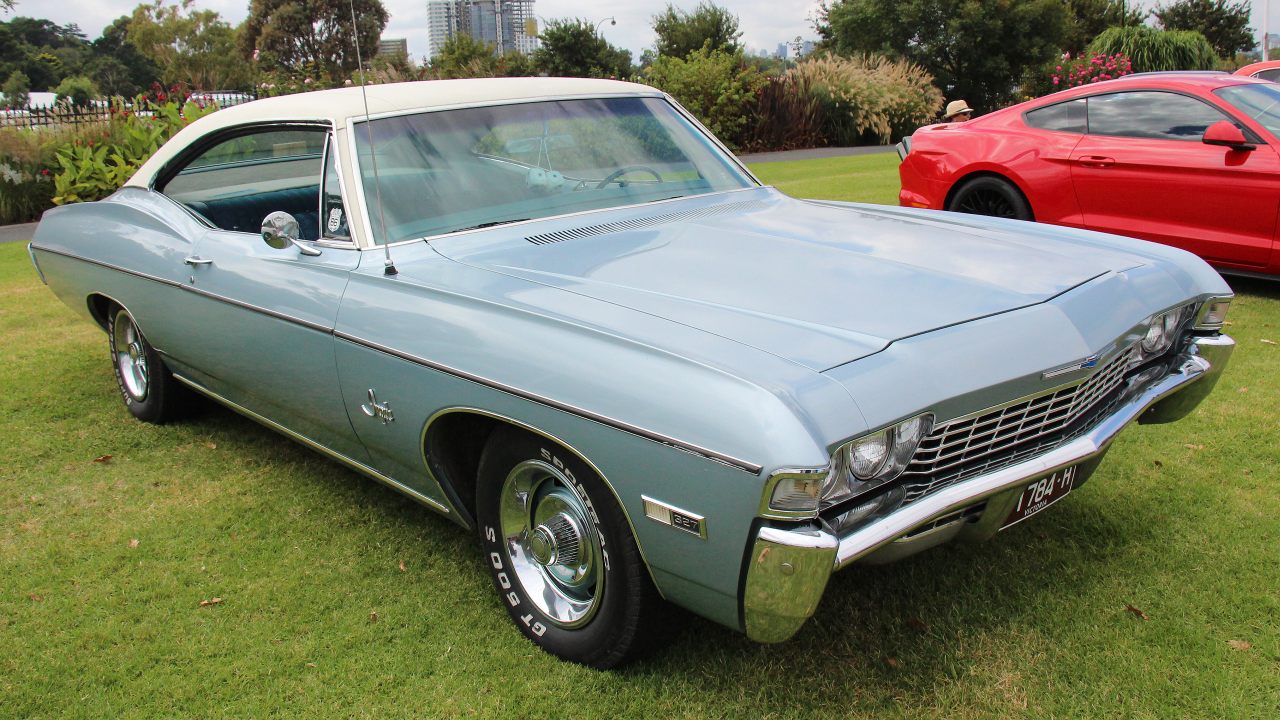
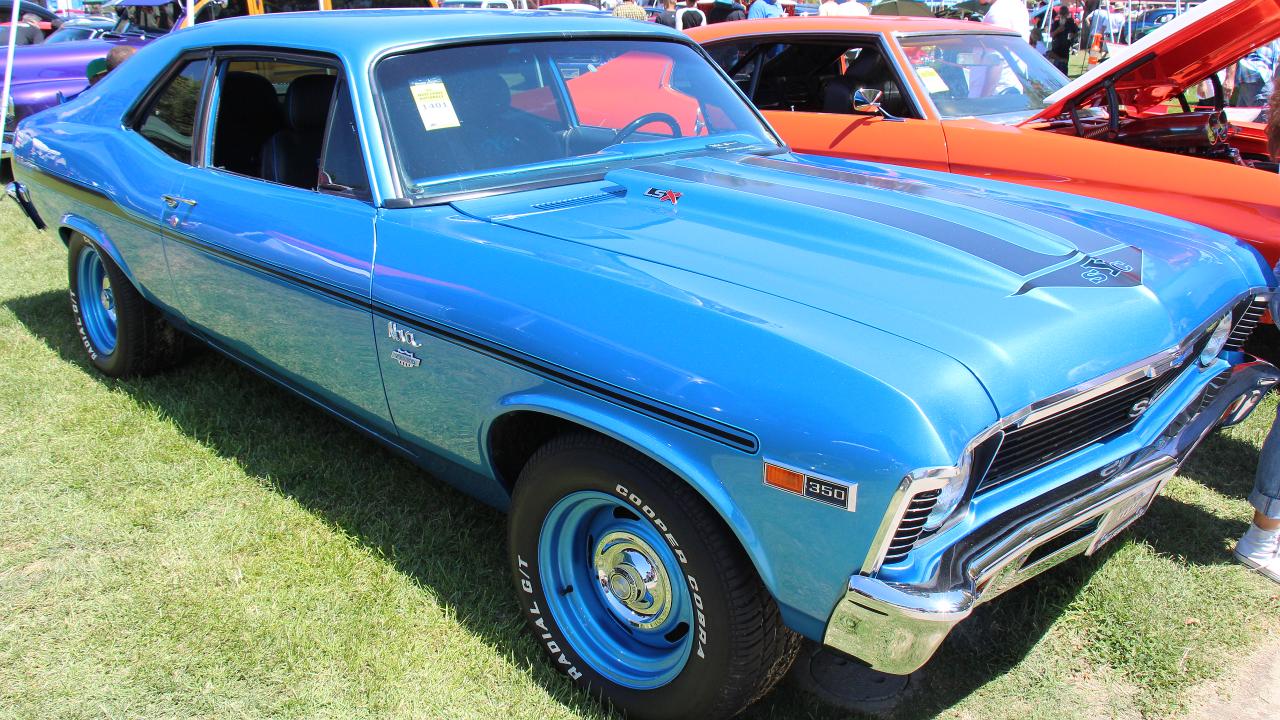
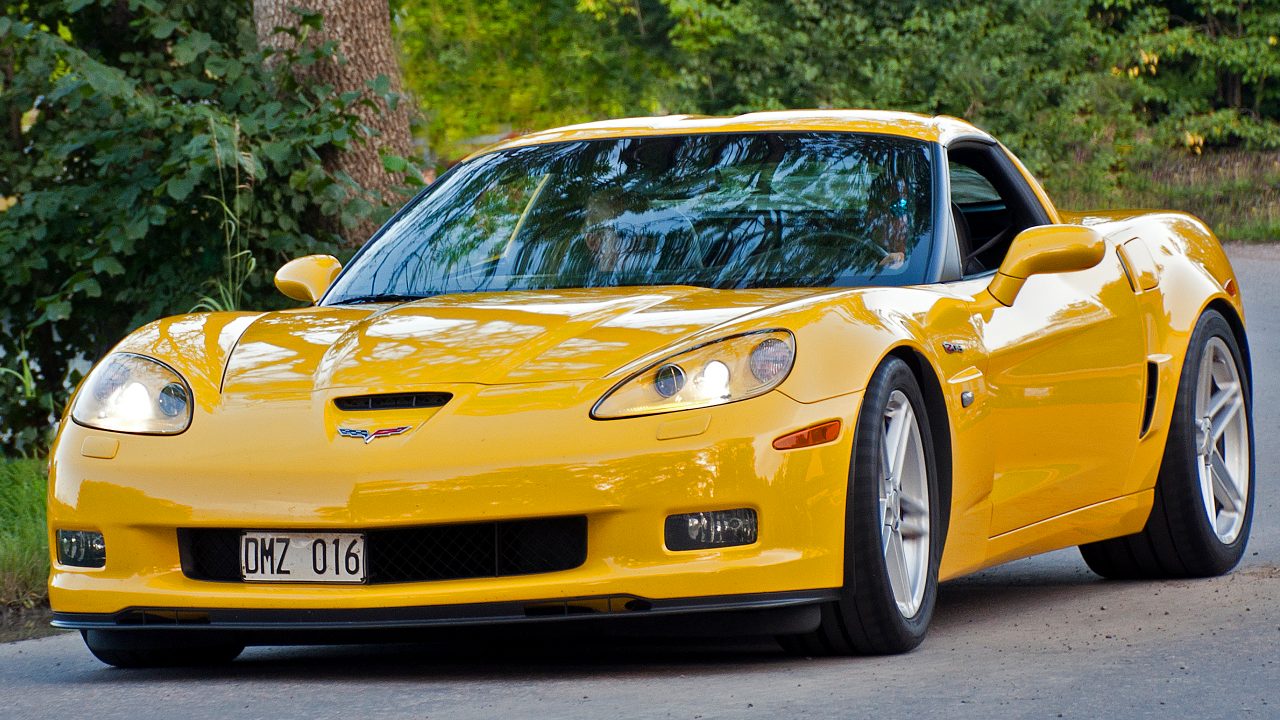
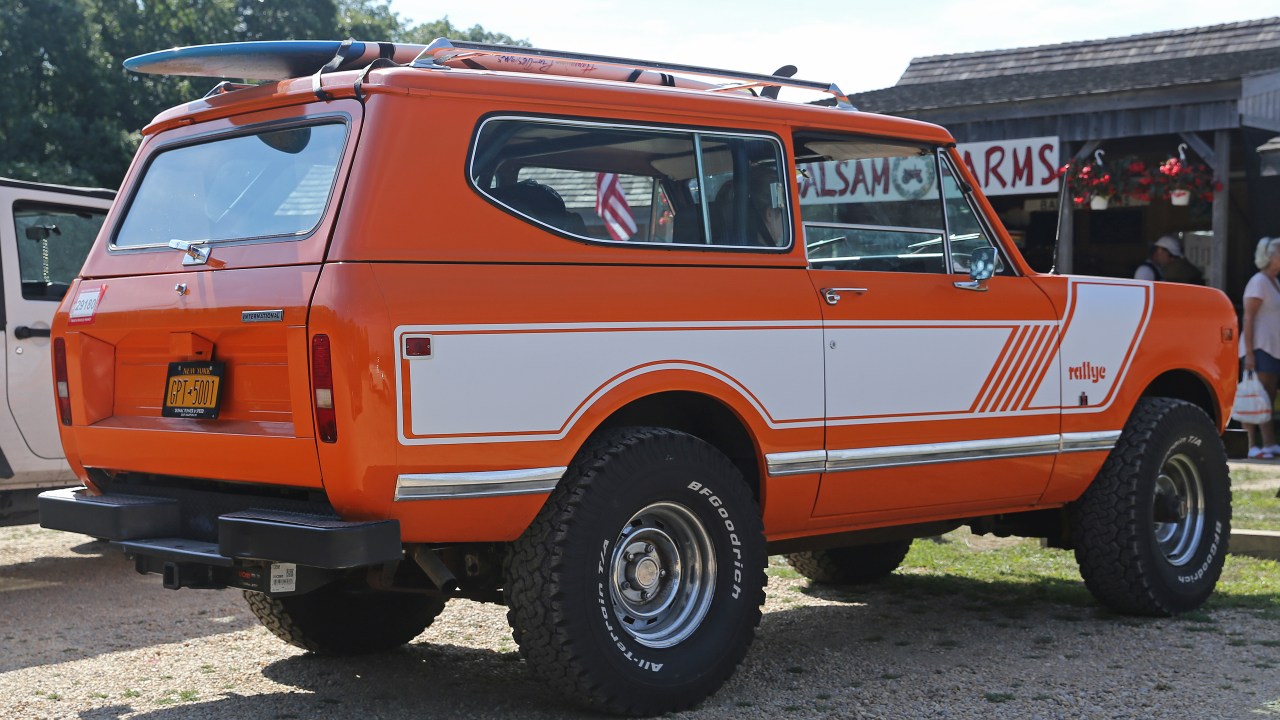
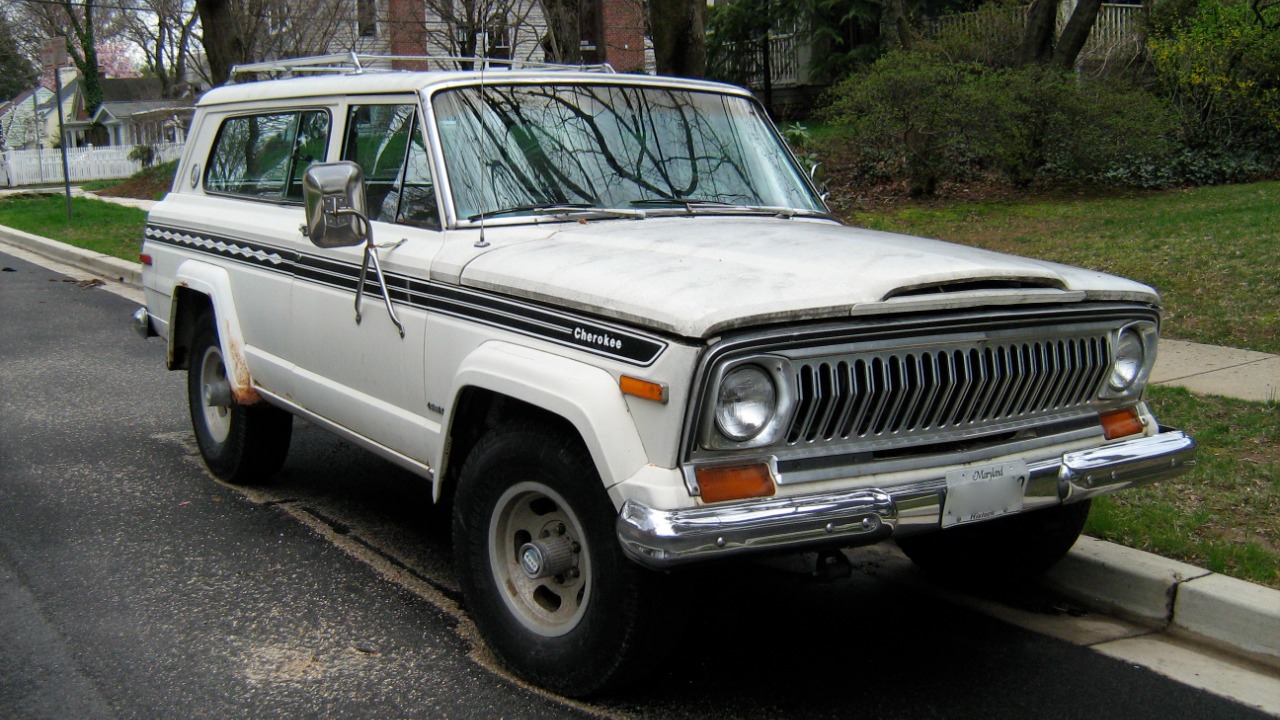
Leave a Reply